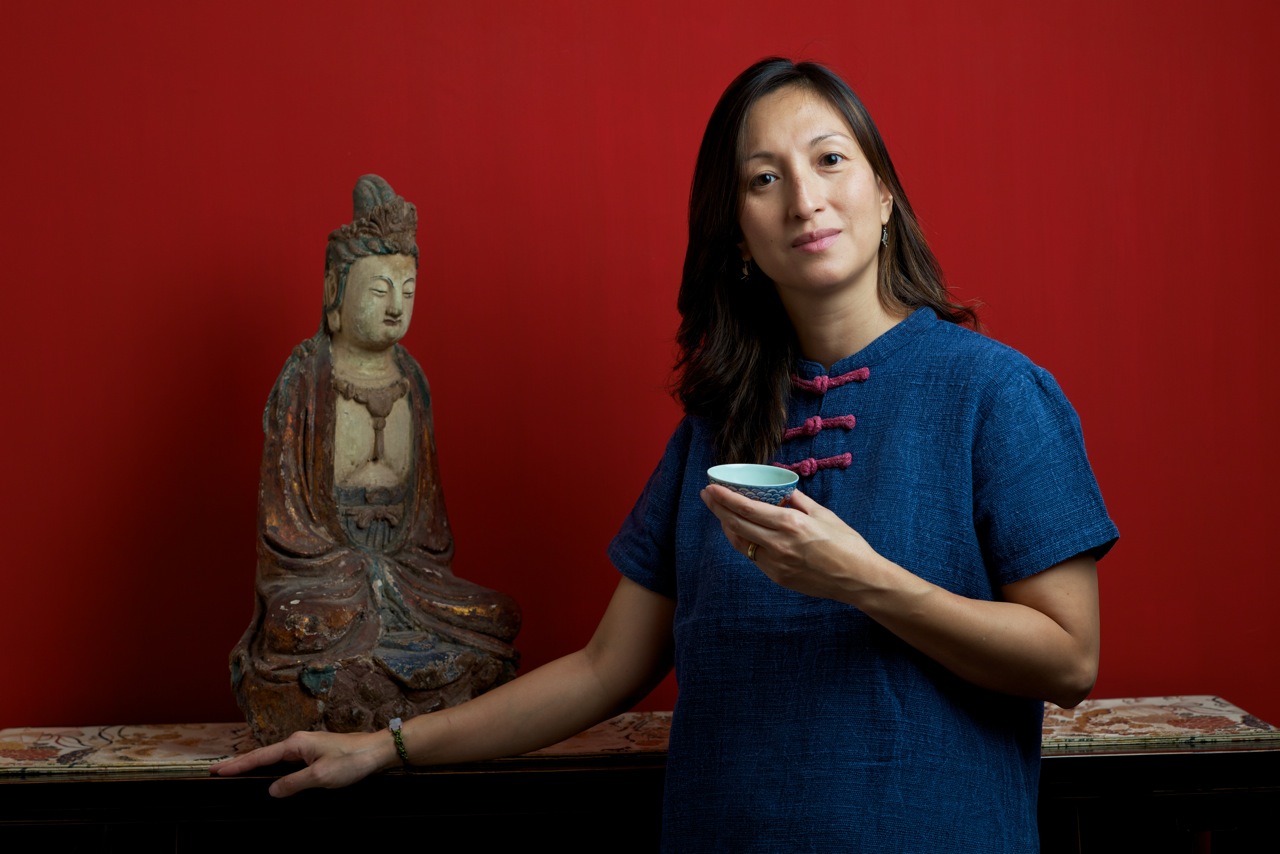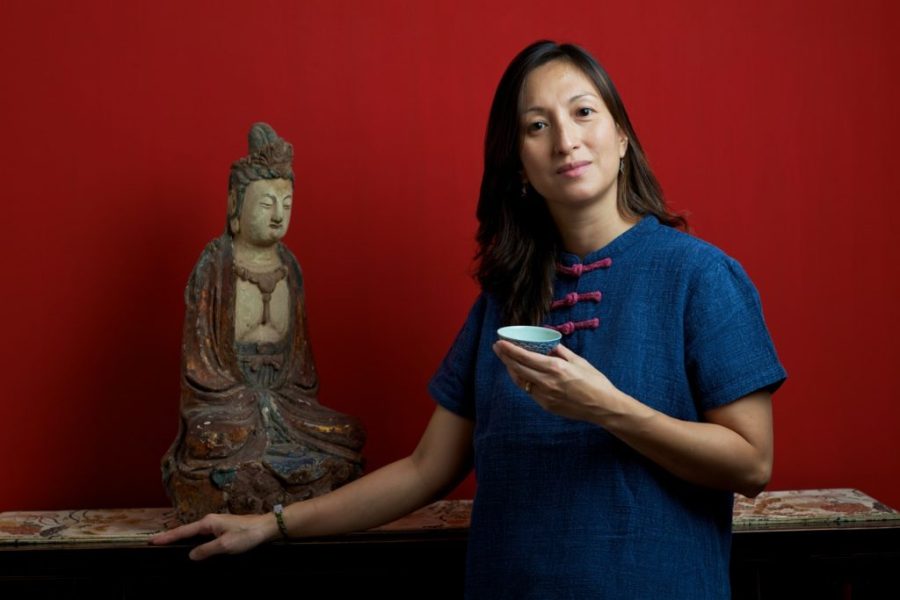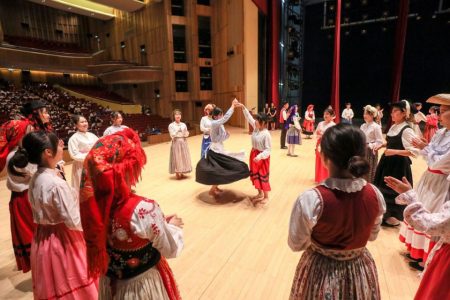Tea is the most widely consumed beverage globally, aside from water, not to mention one of the oldest. According to legend, around 3,000 BCE, Chinese emperor and herbalist Shen-Nung was boiling water in a garden when a leaf fell into his pot. He let the leaf boil and, to his surprise, enjoyed the resulting brew, thus beginning the evolution of “tea” as we know it.
Later, in the Tang Dynasty (618-907 CE), tea gradually became an everyday staple as the tea trade flourished. Since then, the drink has made its way to all corners of the world. In 2018 alone, global tea consumption reached 273 billion litres and is expected to grow at a rate of 2.5-3 per cent per year, potentially hitting 297 billion litres in 2021.
Tea’s popularity is no mystery, especially considering the wide variety of flavours. While all tea comes from the same plant, camellia sinensis, there are more than 20,000 types – each unique based on its territory, climate, harvest and production process. And for many people around the world, including here in Macao, tea is much more than just a drink – it can also be a philosophy, a way of life, and a way to bring people together.
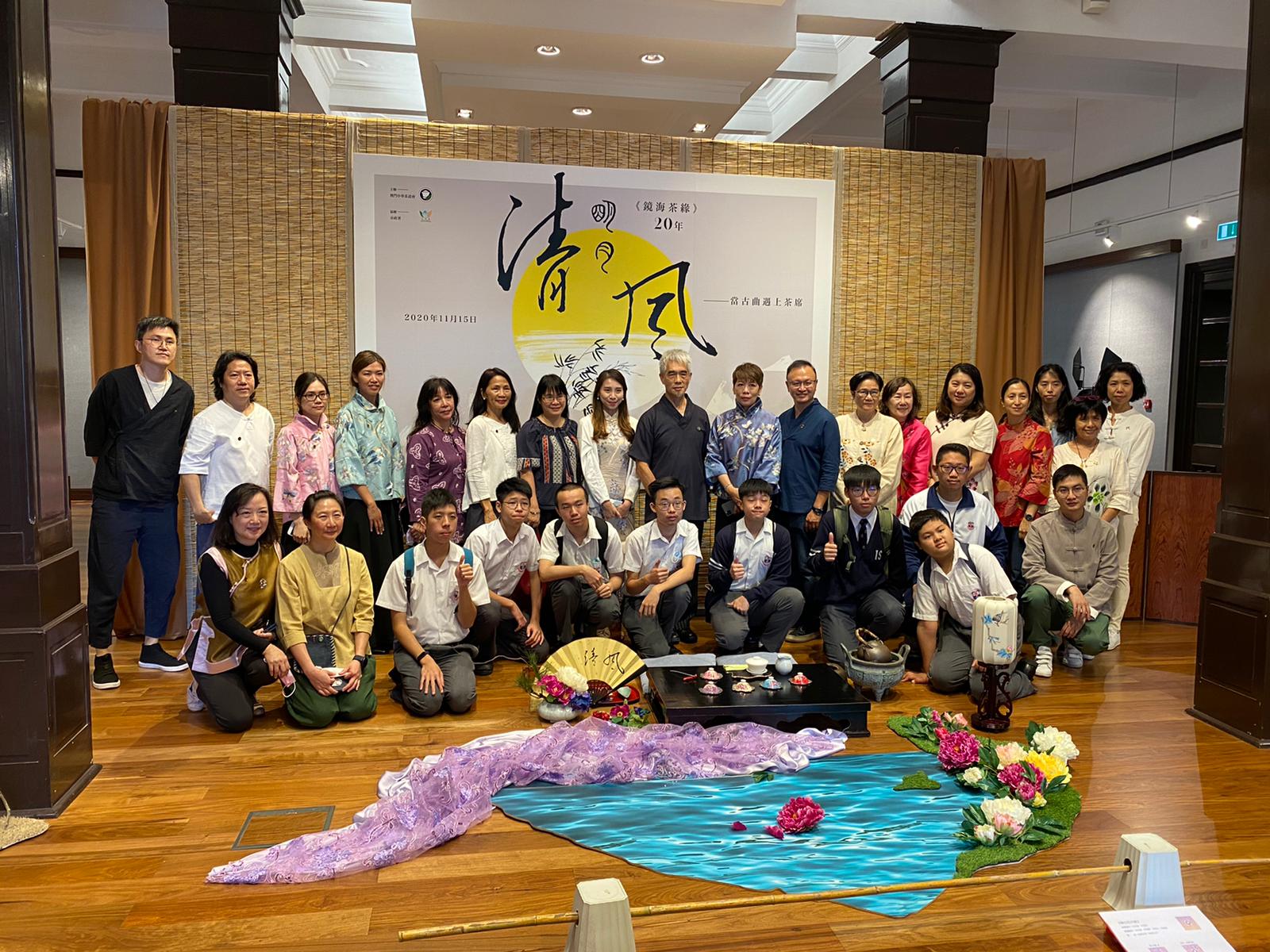
As tea farmers in mainland China prepare a fresh batch of leaves this spring, we caught up with Mércia Gonçalves, a Chinese Teaism Association of Macao member who has studied under the association’s founder, Master Lo Heng Kong, for decades. Gonçalves shortlists five of her favourite Chinese teas to try this spring.
Green Tea: A healthy ritual
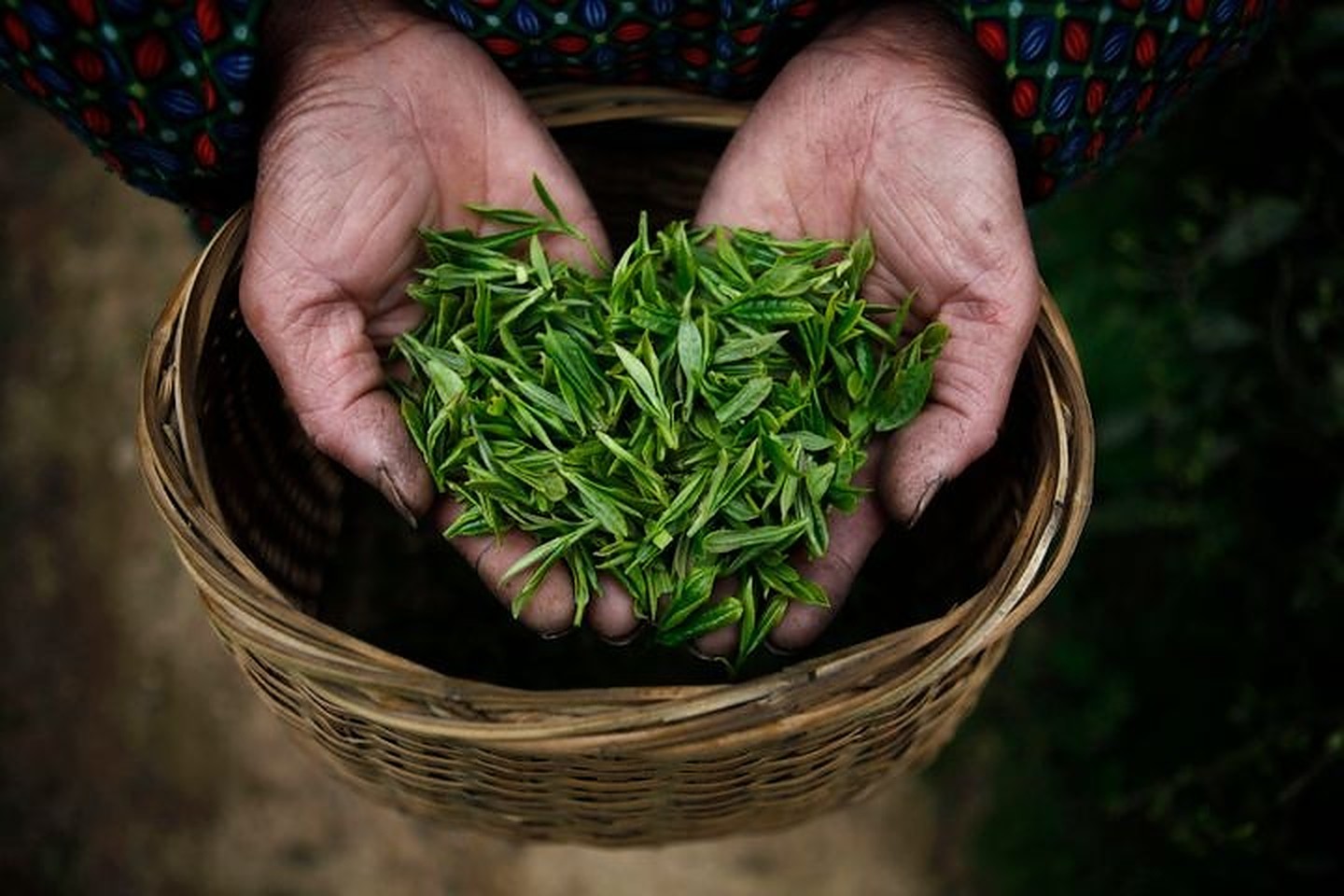
Green tea is not only the most popular tea in China but also one of the least processed. Still, it requires a complex, 24-hour process to pan-fry, steam and dry the leaves. This minimises oxidation and captures as much flavour as possible, while a short oxidation ensures colour retention.
“Harvested in the spring, green tea is the best tea to start the day because it has a refreshing flavour and helps you relax ahead of the workday,” says Gonçalves. “It also has a high volume of antioxidants, which are considered to be very good for your health.”
While some green teas have a floral aroma and flavour, each has its own characteristics and unique profile.
Within the green tea family, Gonçalves recommends Xihu Longjing (西湖龍井) and Anji baicha (安吉白茶) from Zhejiang province, as well as Biluochun (碧螺春) from Jiangsu province and Huangshan Maofeng (黄山毛峰) from Anhui, which tend to be among the most popular varieties.
White tea: The delicate detoxifier
White tea and green tea share similarities, but there are a couple of notable differences, says Gonçalves. Whereas green tea has a “grassy or nutty flavour with a bitter aftertaste”, white tea traditionally tends to be relatively “light and crisp” with a “soft, fruity and sweet” flavour that lingers on the palate.
The production methods vary, too. To make white tea, producers use only the plant’s first tea buds because they are the freshest. Also, white tea requires minimal processing and less oxidation to achieve its signature, subtle flavour.
It’s a very delicate process, says Gonçalves, and must be done using the lowest temperatures to prevent any bitter flavours from developing.
When it comes to health benefits, white tea is also known to be high in antioxidants like green tea. And as an added perk, “white tea is considered to be an anti-ageing agent,” Gonçalves explains.
For the best white teas, she points to China’s Fujian province, where the tea variety has a long, rich history. For example, the famous Bai Mudan (白牡丹) – also known as White Peony – has a floral and mild aroma and is usually consumed with dim sum because it doesn’t overpower the taste of most foods. Baihao Yingzhen (白毫銀針) is another high-quality, popular type of white tea that’s delicate, fresh and soothing.
Oolong Tea: A 24-hour tea
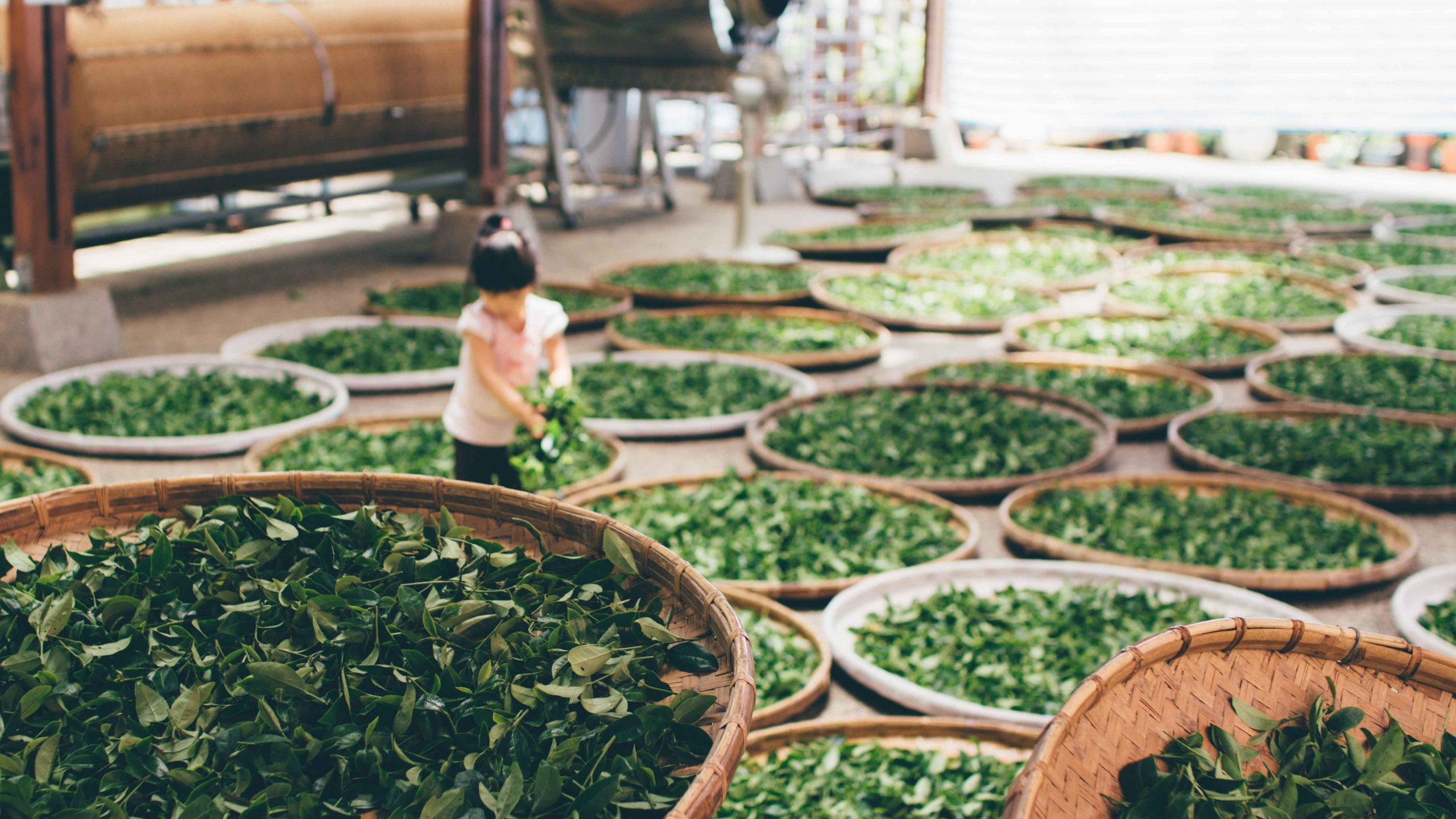
Oolong tea, also cultivated in the mountains of Fujian, is considered a warming tea that’s best consumed during its harvest season, around late April to early May. Though many people really enjoy oolong during cooler winter months, as well.
“There is no wrong time to drink oolong,” says Gonçalves. “It’s a heavily oxidised tea, which means it has undergone several steps to soften the naturally grassy flavour and enhance the aroma. As a result, oolong tends to have a well-balanced flavour, rich body with a floral and fruity fragrance.”
One of her favourite things about oolong is its versatility. “It’s a 24-hour tea … Oolong tea is a great companion during my working hours because it refreshes and keeps me awake, but it can also be very soothing and help you relax on leisurely weekend mornings.”
Interestingly, oolong contains caffeine to perk you up and l-theanine (an amino acid linked with sleep), making this tea an excellent choice for increased focus and relaxation.
In China, most oolong teas are produced in the Wuyi Mountains of the Fujian province due to the elevation – typically, the higher the tea is produced, the greater the value. Collectively called yancha (岩茶, meaning ‘rock tea’), Wuyi oolongs are known to be heavily roasted with a signature dark and bold taste.
Among the many types of oolong from Wuyi, Gonçalves says you can’t go wrong with Wuyi Tieluohan (武夷鐵羅漢), Wuyi Shuijingui (武夷水金龜) and Wuyi Baijiguan (武夷白雞冠) – three high-quality options. And her favourite? Wuyi Dahongpao (武夷大紅袍) oolong, which has a bold flavour and enticing aroma.
You can also find excellent oolongs from Anxi, also in Fujian, including Anxi Tieguanyin (安溪鐵觀音). Commonly called Iron Goddess tea, this oolong style is in high demand across China, thanks to its floral fragrance, tanginess and lingering aftertaste.
Black tea: Your morning wakeup call
Hong cha (紅茶) – known as black tea or red tea, depending on its translation – is the most widely produced and consumed tea in China. It has an interesting process, where producers “bruise” the leaves to encourage as much oxidation as possible. This changes the colour from green to coppery red, while also developing a richer and bolder flavour.
Black tea is the most frequently exported, having been sent from China to Europe, the Americas and other western countries since the earliest days of international trade. In England, black tea is even the national drink and is usually consumed with milk and sometimes sugar. Whereas in China, black tea is generally enjoyed on its own.
“Black tea has a slightly bitter taste and contains a high quantity of caffeine,” says Gonçalves. “That makes it a popular choice for those who enjoy waking up with tea in the morning or early afternoon.”
The most famous hong cha are Qimen Hongcha (祁門紅茶) from Anhui province, as well as Fujian’s Lapsang Souchong (正山小種) and Jinjunmei (金駿眉). All three types of black tea are known for their high-quality flavours, vibrant colour and aromas.
Pu’er: Better with age
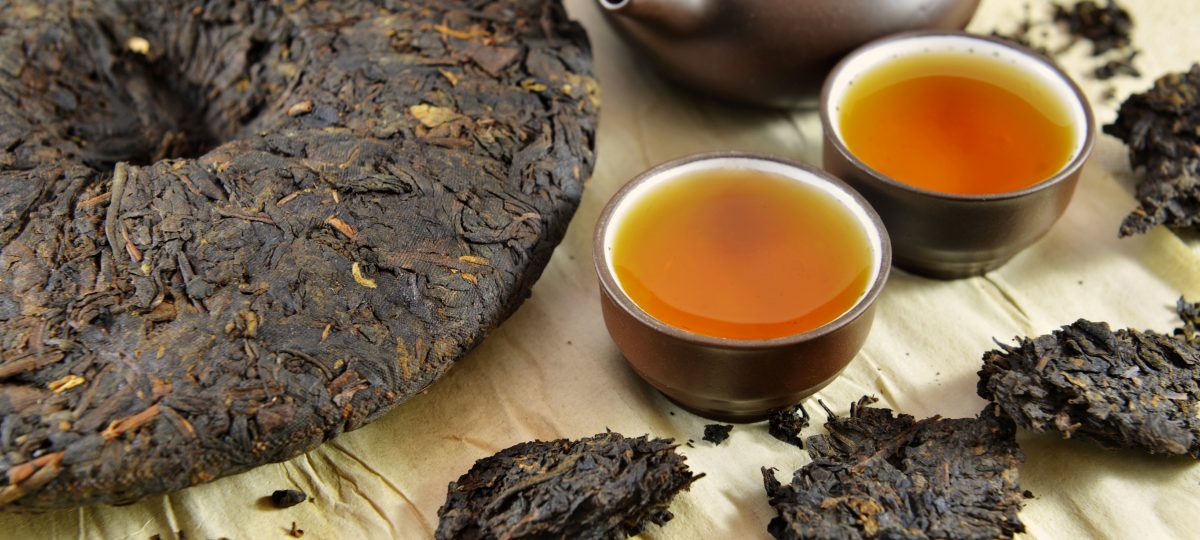
Not to be confused with black tea, oxidated dark teas like pu’er (普洱) tend to be smooth yet strong in flavour – with a bitter taste – with relatively high caffeine content.
Harvesting and preparing pu’er generally takes months, if not years or decades, since the leaves must first be pressed then oxidated. And the longer the leaves are left to oxidise, the more valuable the pu’er tends to be.
For instance, one of the most expensive pu’er teas ever sold was over 100 years old, fetching around MOP 28 million in Hong Kong in 2019. But the oldest on record – clocking in at 200 years old – is part of a collection in The Forbidden City.
To try China’s best pu’er teas, look to the southwestern Yunnan province. In this region, tea farmers cultivate pu’er from ancient trees, planted over 100 years ago during the Ming and Qing dynasties.
As Gonçalves explains, the climate and terroir are critical because they influence the tea’s flavour. “Leaves from the camellia sinensis plant growing in this region tend to have a stronger and bitter taste,” she says.
Under the broader umbrella of pu’er, there are two distinct types: sheng pu’er (生普洱) and shu pu’er (熟普洱), though the latter is the most commonly enjoyed style in China. Comparing the two, sheng pu’er is has a more grassy taste, while shu pu’er is completely oxidised, which adds more depth to its flavour.
The 10 virtues of tea
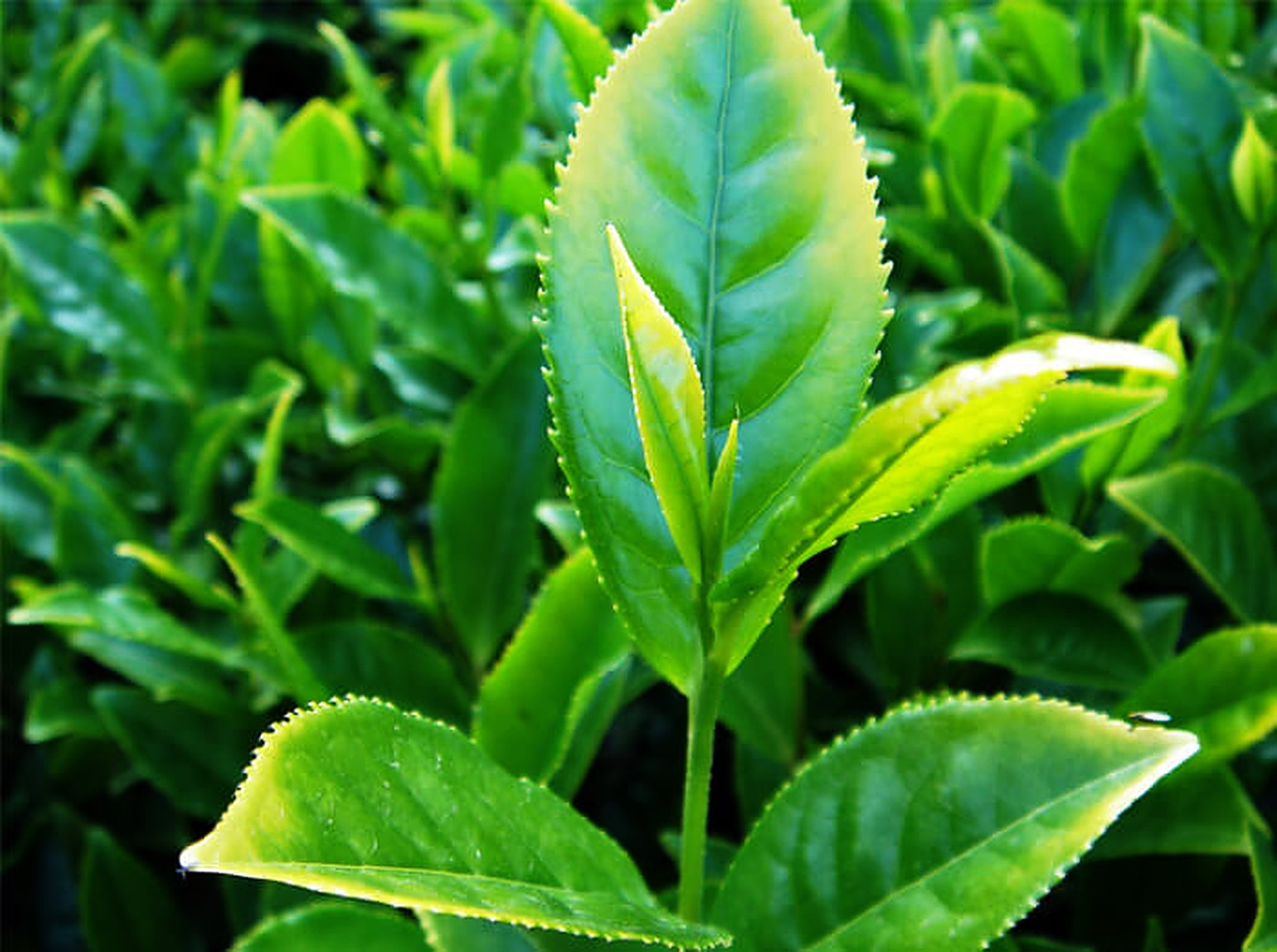
Tea is much more than just a beverage in China. It’s also a philosophy and a lifestyle – something Tang scholars understood centuries ago. According to Aaron Fisher’s The Way of Tea, a compendium of ancient writings and wisdom, here is why people drink tea:
1) Tea is beneficial to health
2) Tea helps refresh one after drinking alcohol
3) Tea with nuts can provide nourishment
4) Tea can cool one in the heat of summer
5) Tea helps one slough off all fatigue
6) Tea purifies the spirit, removes anxiety and nervousness, and brings comfort
7) Tea aids digestion of food
8) Tea removes all toxins from the body
9) Tea is conducive to longevity
10) Tea invigorates the body and inspires the mind to creativity
